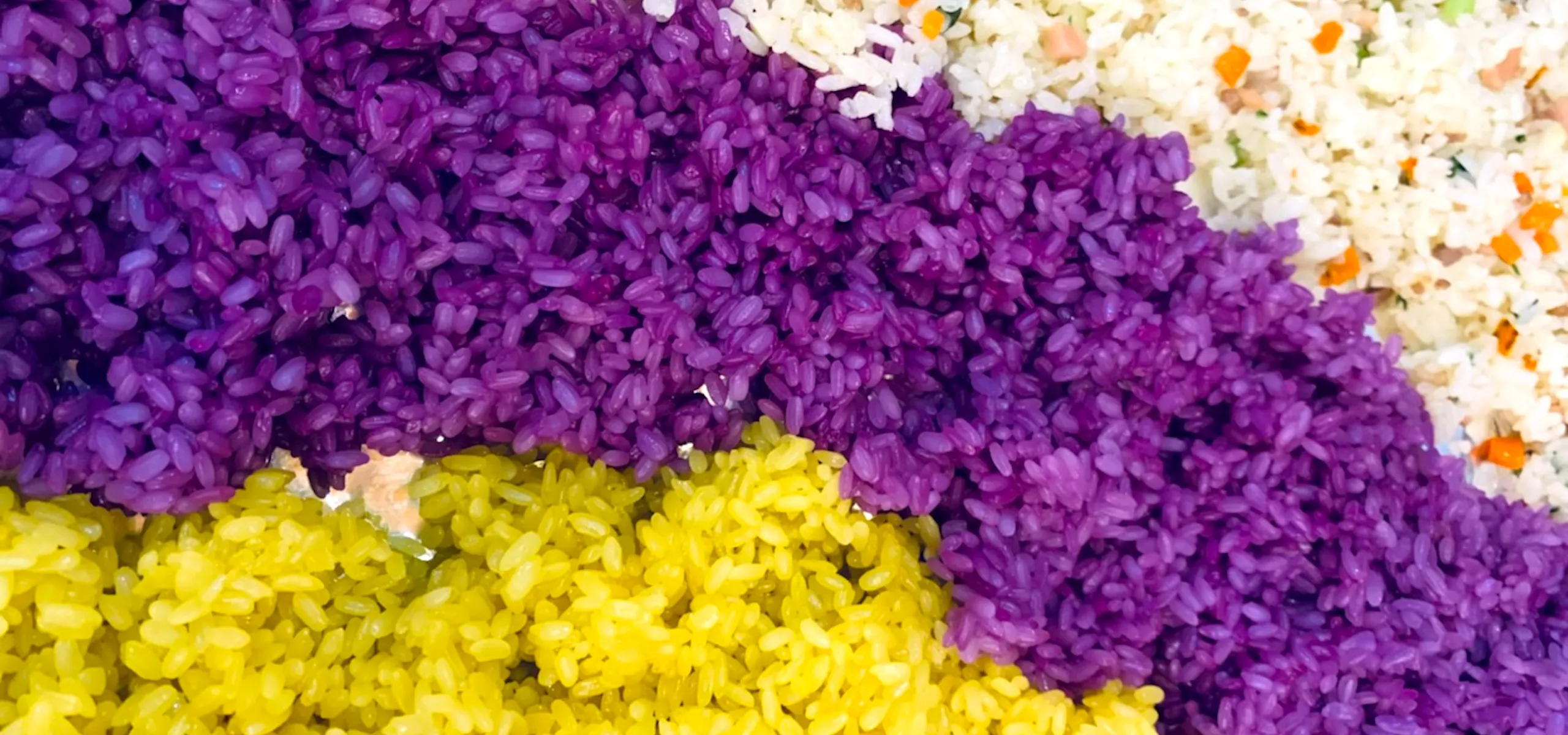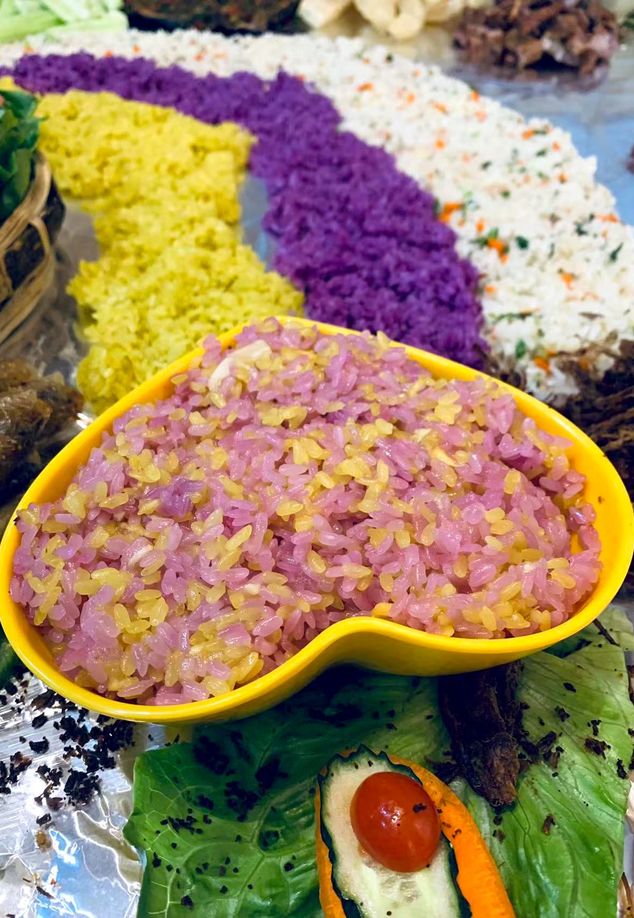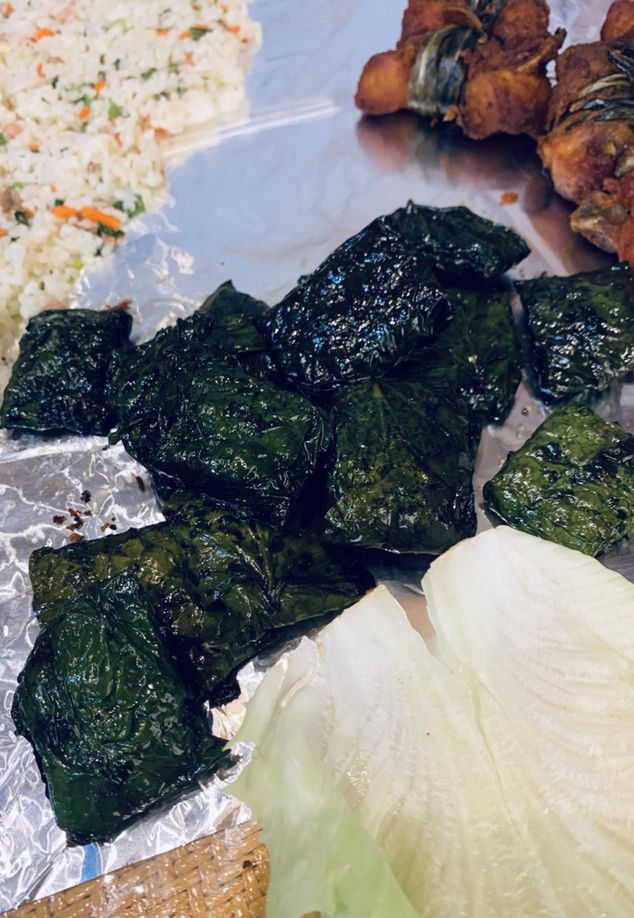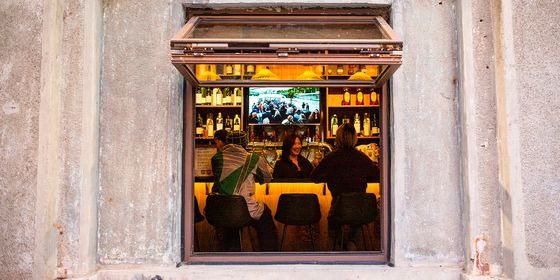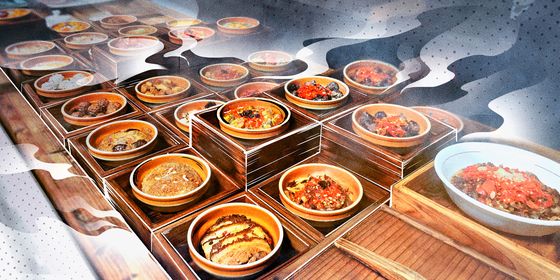The Dai people of Yunnan enjoy rice in every color as part of their peacock feast
W
hile most assume rice, a staple of many a Chinese meal, is just a plain white grain, in southwestern China, such as Yunnan and Guangxi, it can come in all the colors of the rainbow. Every spring, rice dyed with many plants and flowers from the region absorb all the colors and fragrances of nature, while local ethnic groups such as the Dai, Zhuang, Miao, and Bouyei prepare colored rice in a range of dishes.
There is a flower and plant to produce every color of rice one could wish for. To dye the rice green, cooks soak the rice in water infused with the nyonya flower (娘惹花). For blue rice, chefs use butterfly pea (蝶豆花). To give the rice a rosy glow, the secret is a plant known as “rose eggplant (玫瑰茄).” This rose-colored rice is also said to dissolve alcohol and make one’s face less flushed after drinking.
For a yellow-colored rice, locals pick Himalayan butterfly bush (密蒙花), also known as the “yellow rice flower,” that blooms in April. The flowers are boiled in water that is then used to soak the rice before it’s steamed in a wooden barrel. The rice emerges tinged yellow and infused with the floral taste of the plant. According to Dai folklore, this cooking method was discovered by accident when some of the flowers fell into a steaming rice barrel, producing a delicious taste and tender texture.
Locals also believe the Himalayan butterfly bush can help cleanse the liver and brighten the eyes.
Maple leaves (枫叶) are used to dye the rice black. A common belief holds that the leaves can dispel evil spirits, perhaps because of the wind radical in the character 枫, and because of the leaves’ red color in fall. Traditionally, maple leaves are stuck on the door to one’s home to ward off evil and keep the family safe. The leaves are also used as a medicine to relieve pain and promote restful sleep.
In Xishuangbanna, a Dai autonomous prefecture in Yunnan, a typical morning starts with breakfast at a stall selling glutinous rice. A range of different colored rice and side dishes—such as stir-fried mint beef, lemon flavored fish, bamboo shoots, and cowpeas—are placed in a banana leaf and made into a delicious wrap.
Bamboo is another staple of the Dai people—not only used in construction, but in cooking rice too. The streets in Xishuangbanna are often lined with restaurants selling bamboo rice (竹筒饭). The rice is steamed in the hollow bamboo tube, making it sticky and infused with the fresh taste of bamboo. The tube also makes for a convenient, all-natural bowl and takeaway container.
Rice in Yunnan can be sweet as well as savory. Sticky rice with mango and sweet coconut milk is a common dessert to refresh locals during steamy summer days, while another specialty Dai dish is pineapple rice. Cooks dye rice purple using “purple grass” flower (紫蓝草) and then steam it in a hollowed out pineapple. The striking yellow and purple colors of the dish make an eye-catching and delicious snack. Locals sometimes compare the dish to one’s first crush, because it is both sweet and sour—like falling in love for the first time.
Perhaps the most eye-catching and colorful of all Dai dishes is the “peacock feast.” Peacocks occupy an important place in Dai culture, symbolizing happiness and good luck. At festivals (and tourist sites) Dai people perform a colorful peacock dance and create a vibrant feast in the shape of a peacock. Atop a vast bamboo net covered with fresh banana leaves, an artificial blue peacock head is surrounded by perhaps 20 or more colorful dishes and fruits which spread out like the peacock feathers. Dry ice creates steam rising around the edible sculpture, making it seem as if the peacock is flying through a mystical land.
Photography by Anson Zong-Liscum





